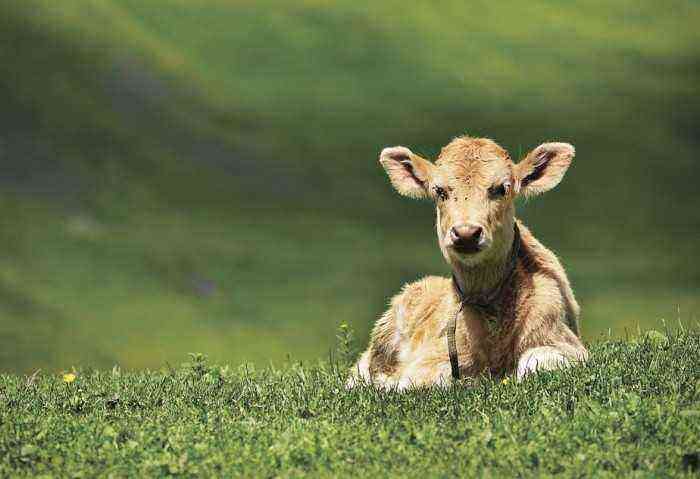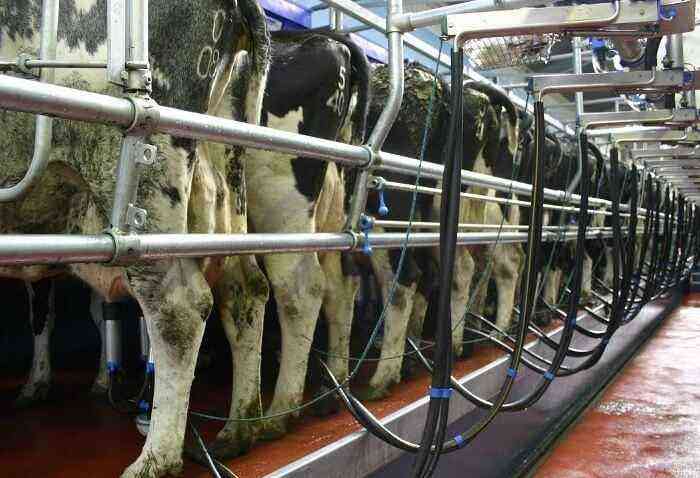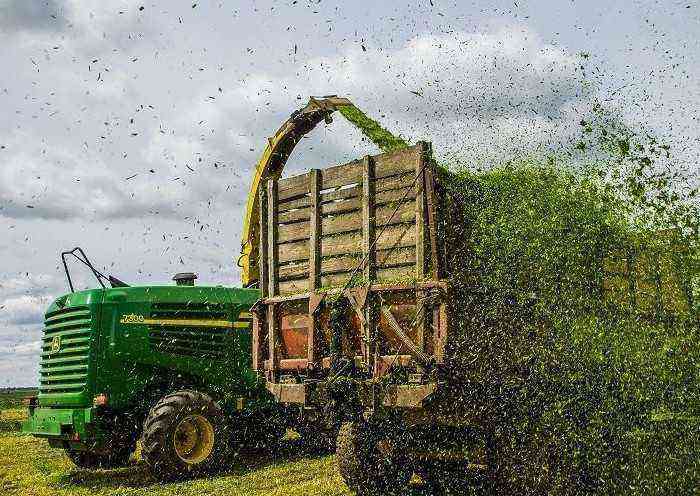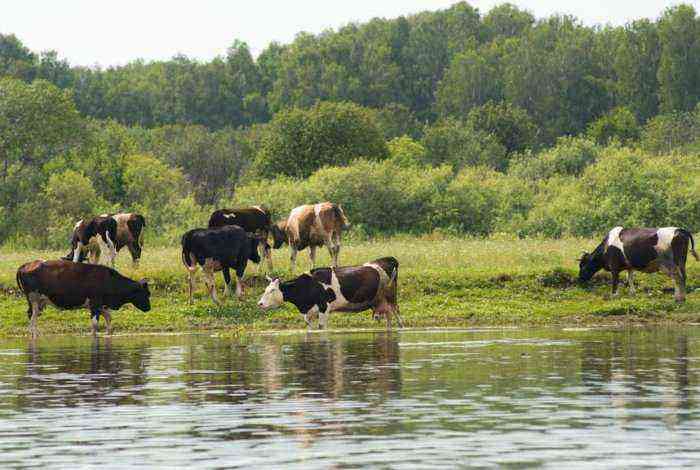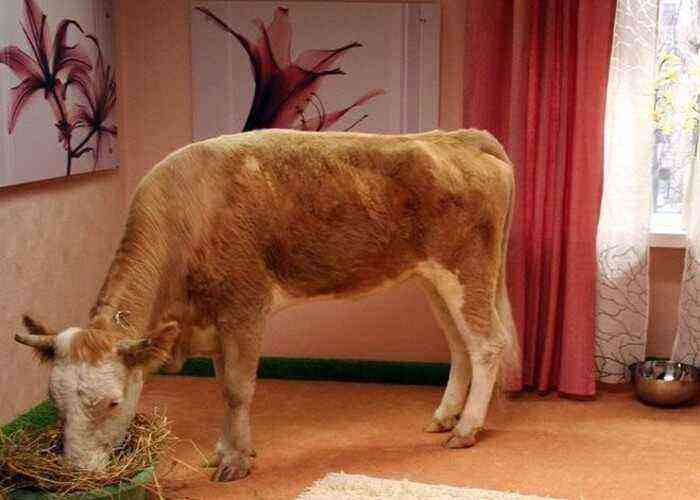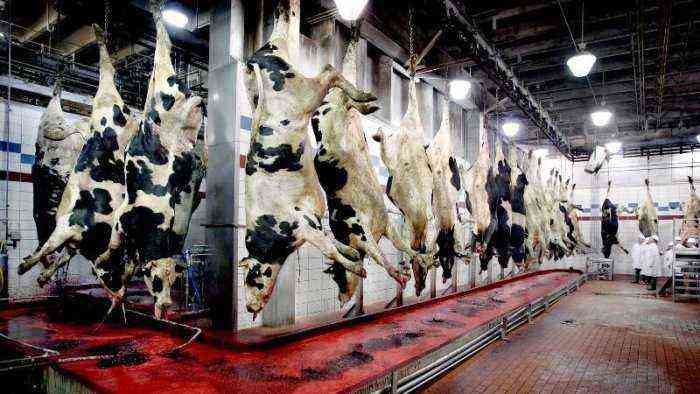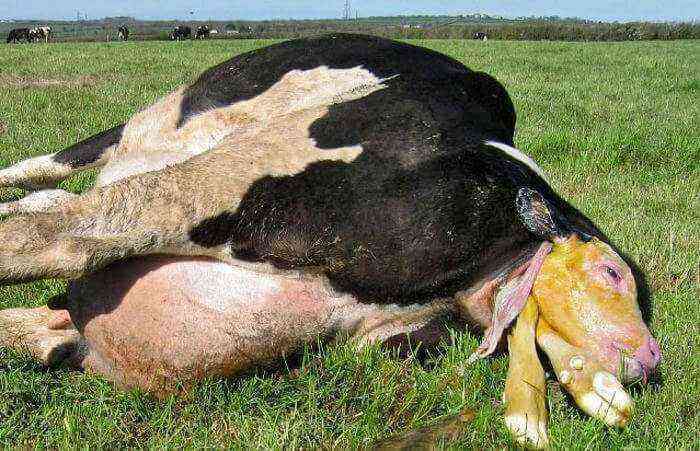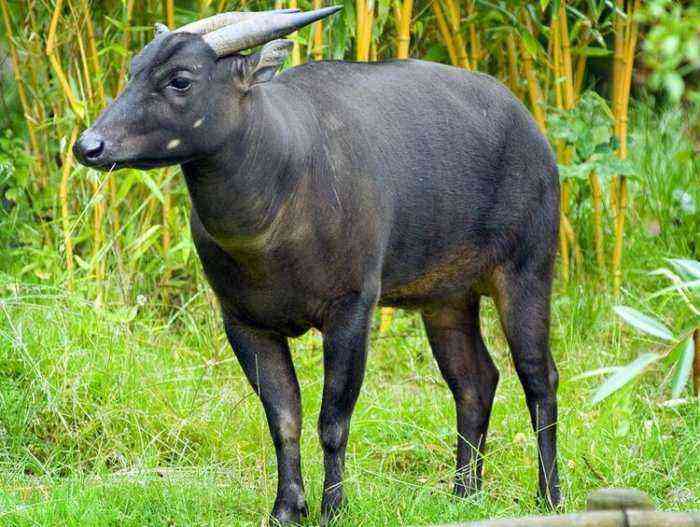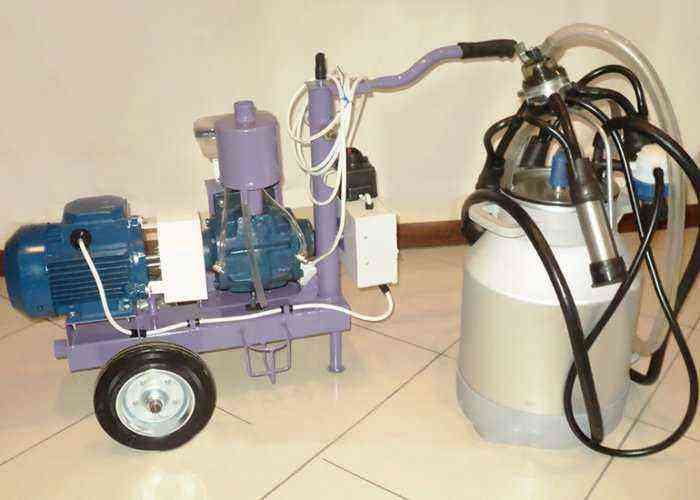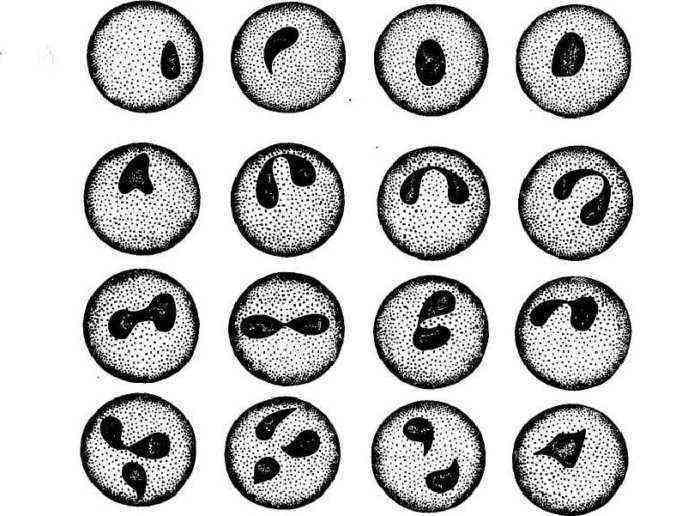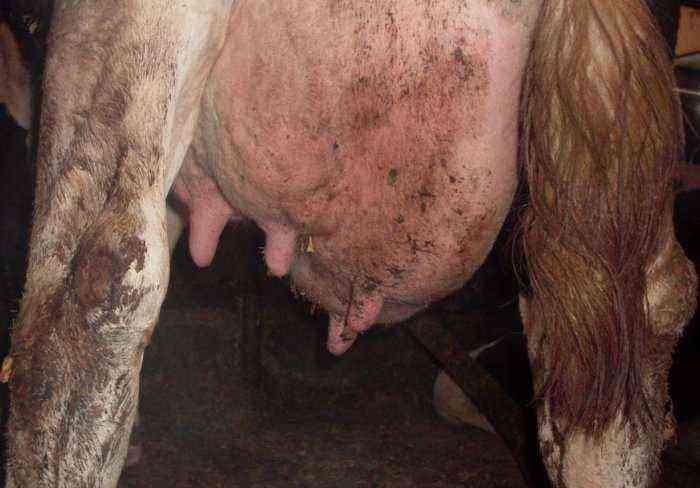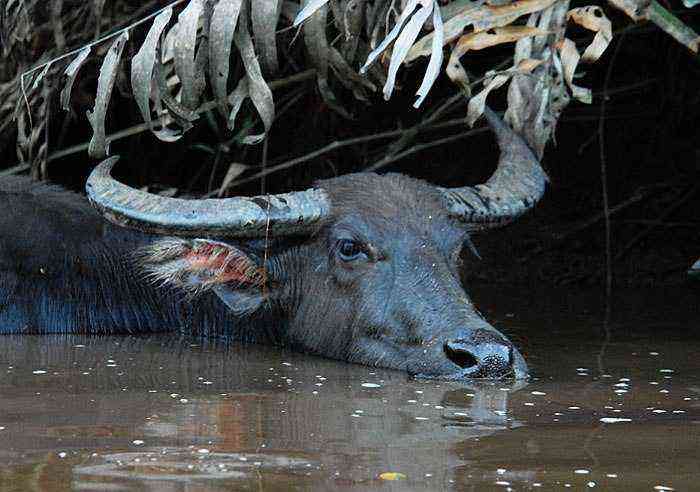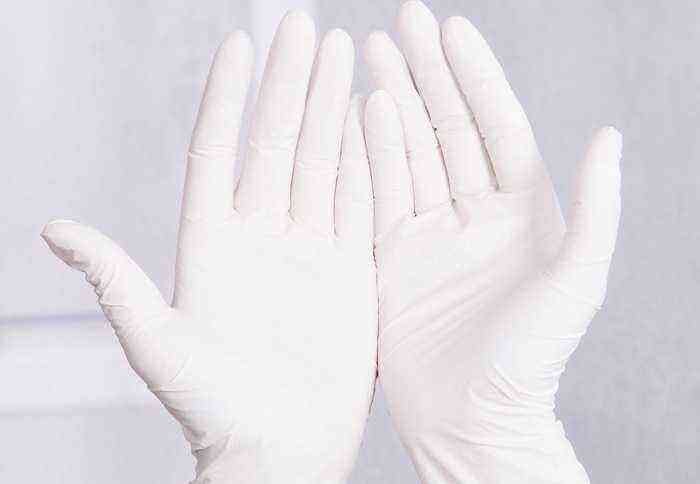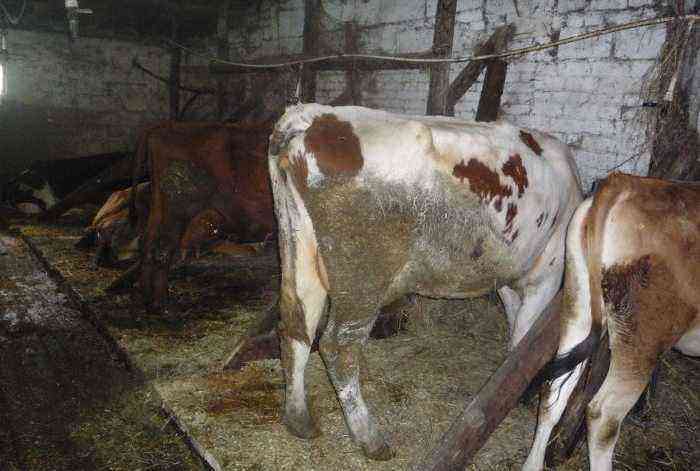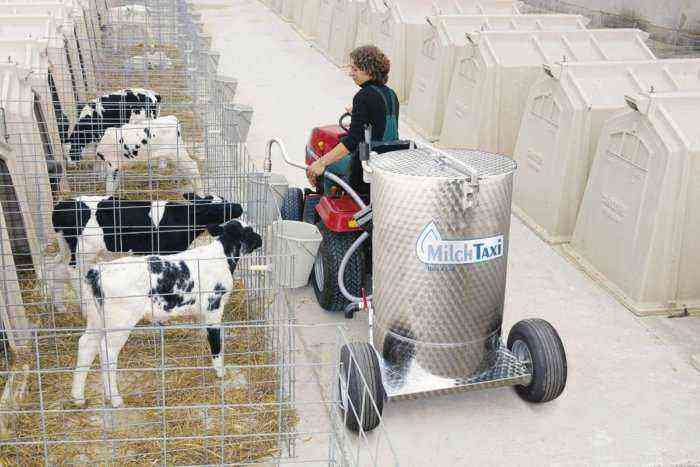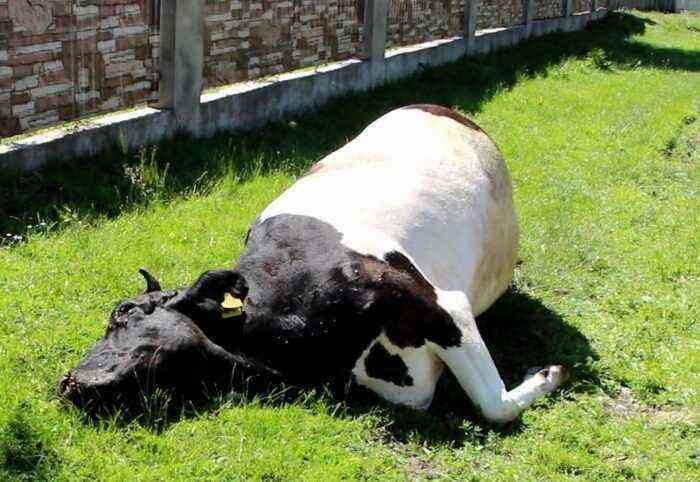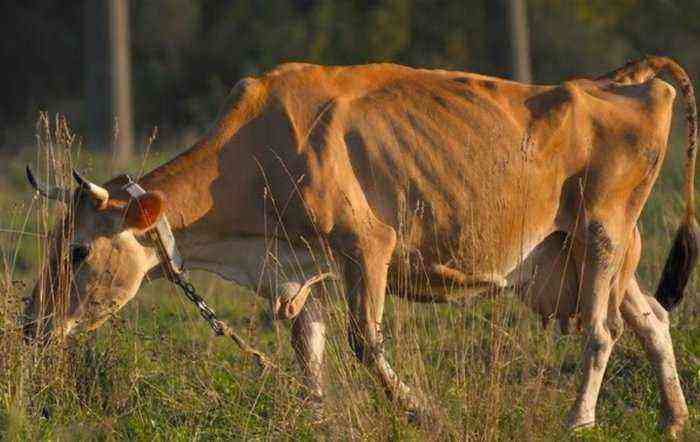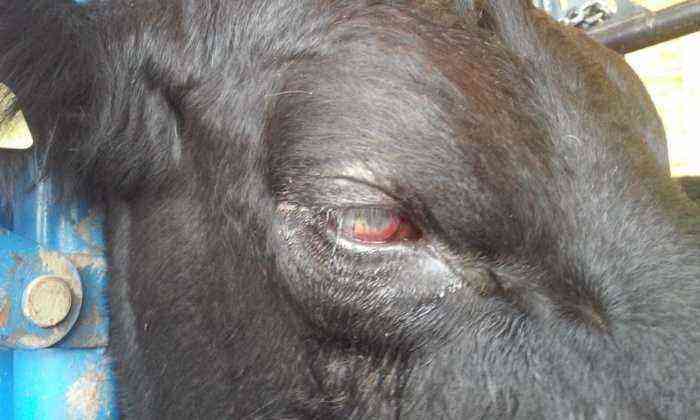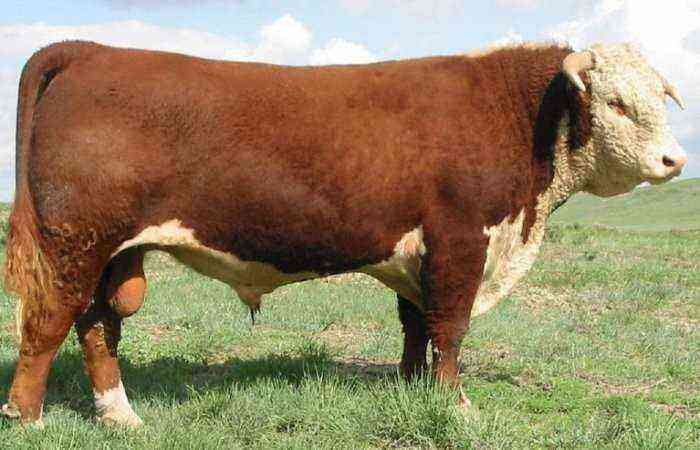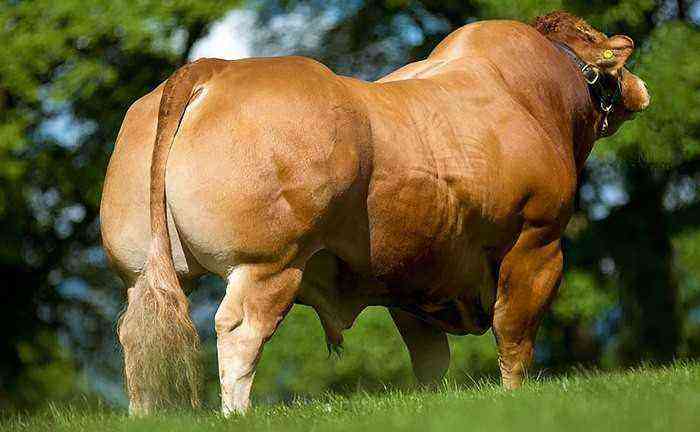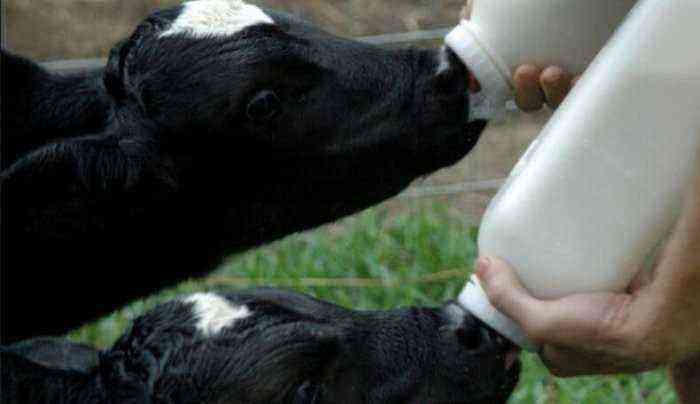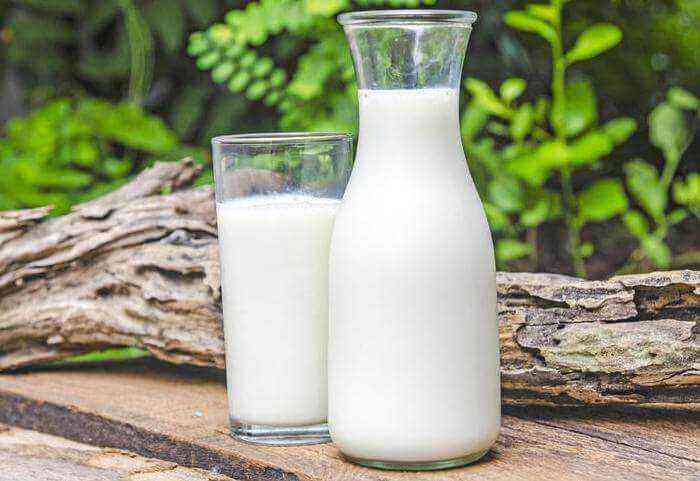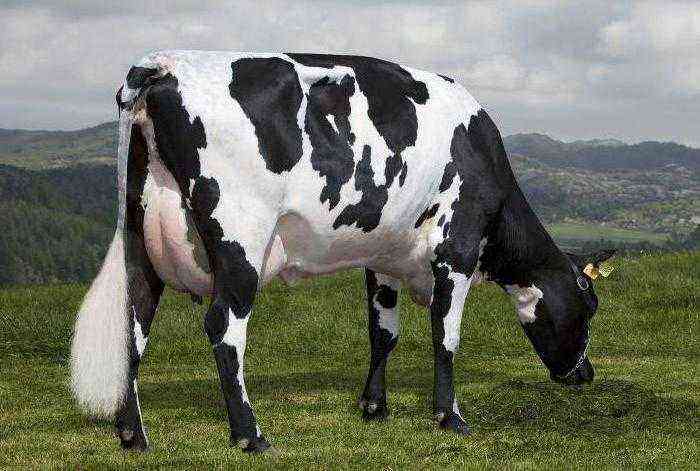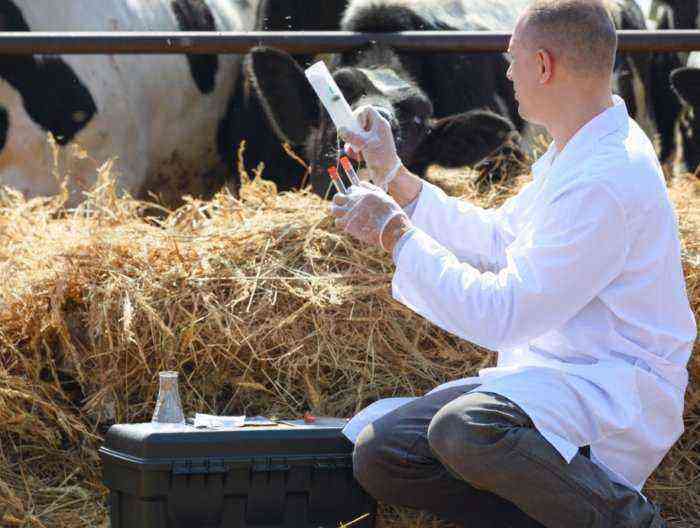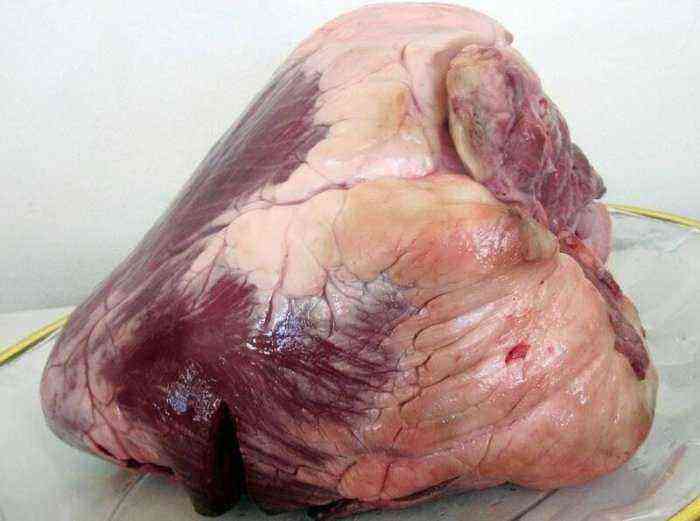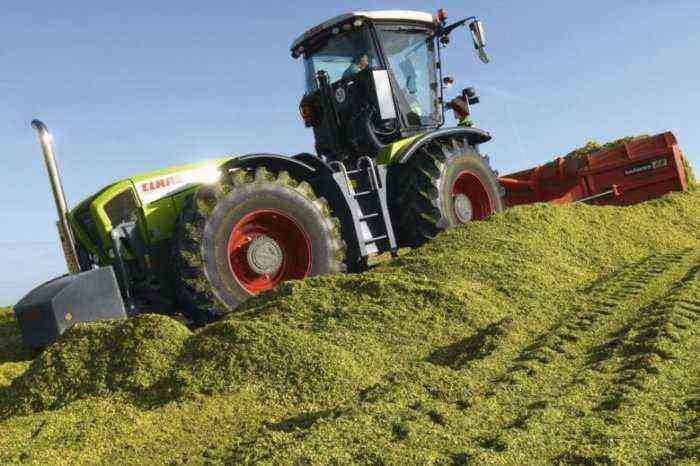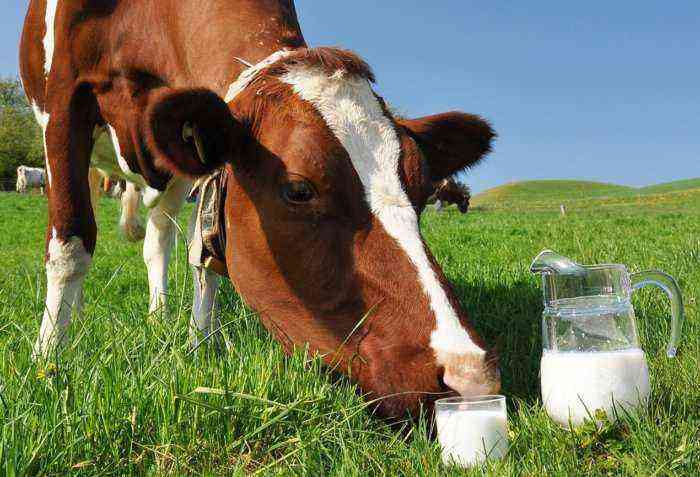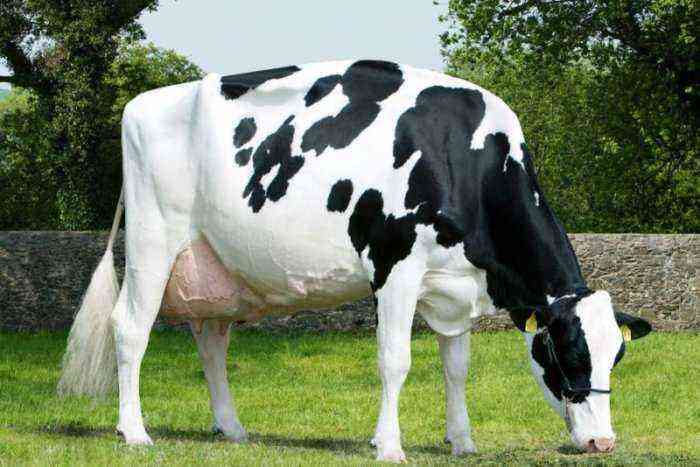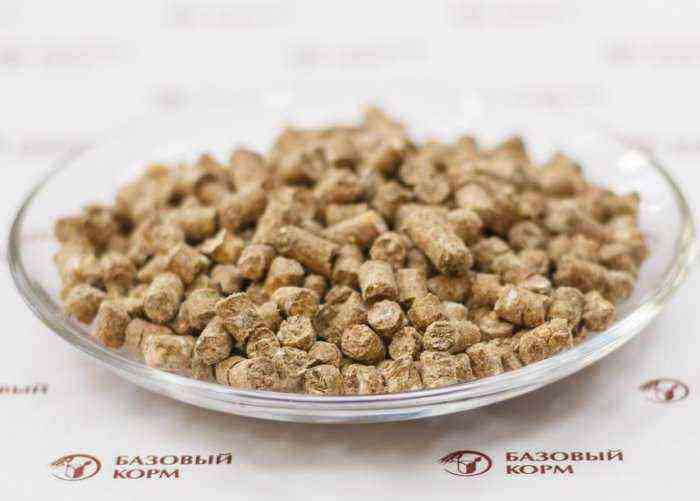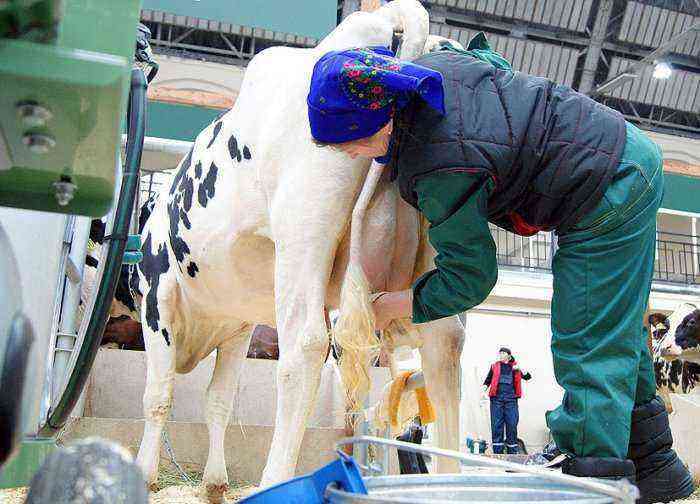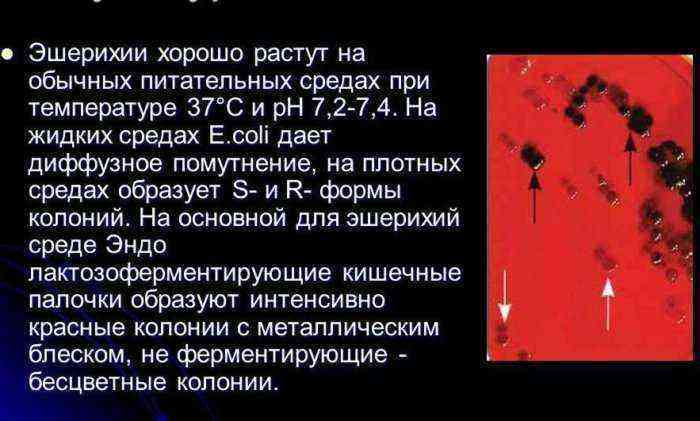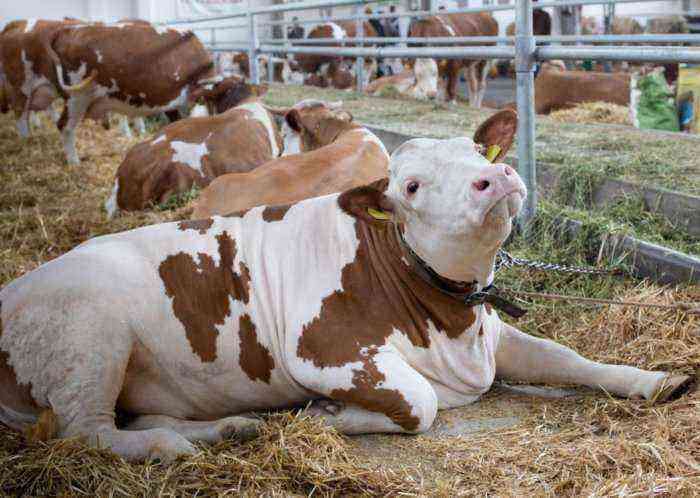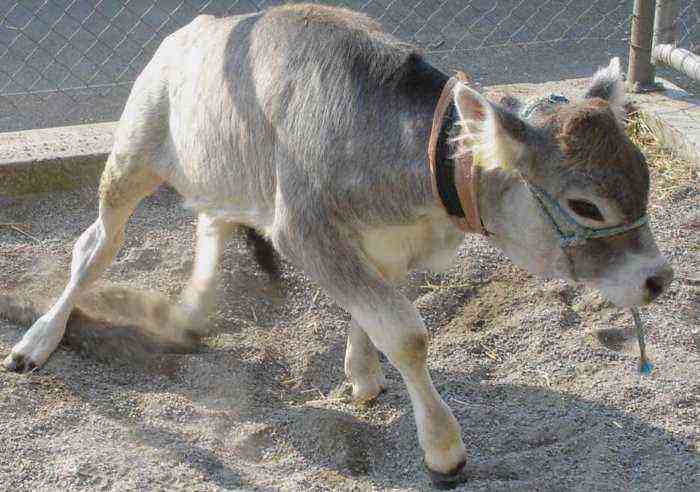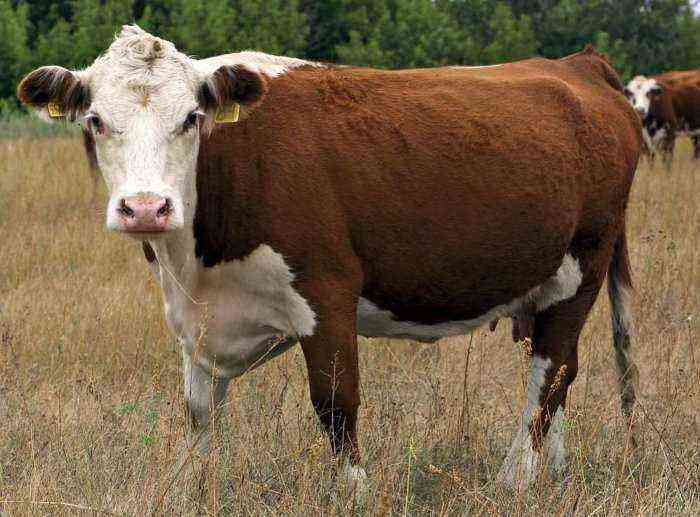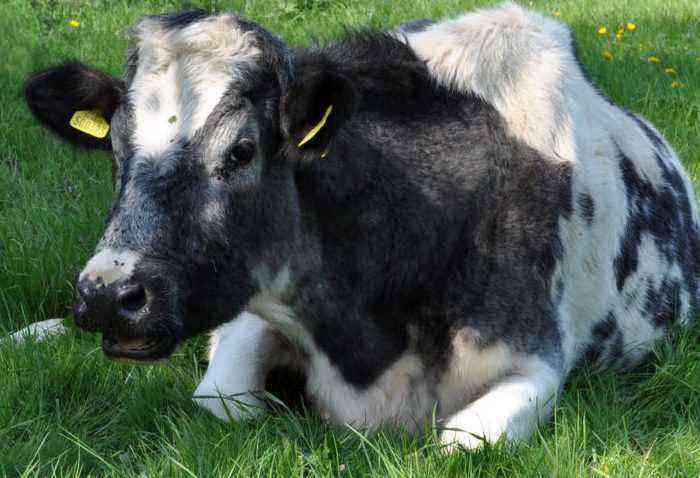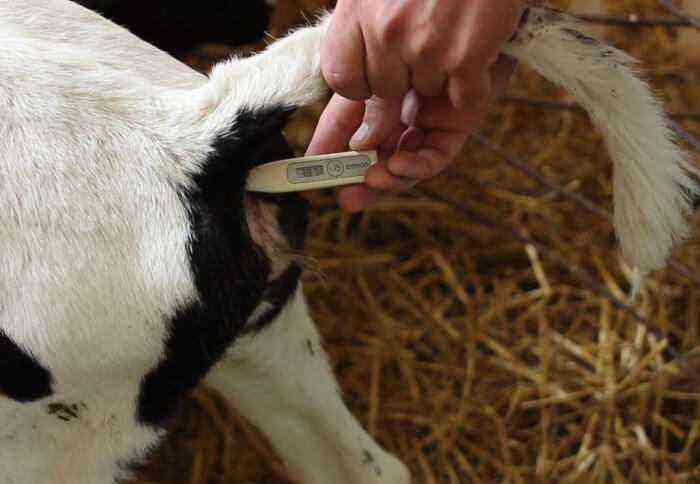Sometimes, even in a healthy pregnant cow, childbirth can be long and difficult. Moreover, in some cases it happens that the cow does not get up after calving. Observing this phenomenon, many inexperienced breeders do not see this as a serious problem, and try to put the animal on its feet in various ways. And meanwhile, there can be quite a lot of reasons for such behavior on his part. And before taking action, it is better to study them well.
Cow after calving
Description of the disease
It should immediately be noted that in most cases, the causal refusal of the animal to rise to its feet after calving is caused by serious health problems. Childbirth, especially protracted, creates an enormous load on the pelvis of the animal. Quite often, the outgoing fetus can strongly compress the gluteal nerve or the nerve endings of the sacral spine. Due to increased pressure, they are damaged, which disrupts the signal to the muscles of the legs. The result is paralysis of the hind limbs.
Causes
There are several reasons for this phenomenon. Quite often, damage to the nerve endings occurs due to the fact that the fetus has developed too large, and it is difficult for him to pass through the birth canal. Also, the cause may be a too narrow pelvic section of the animal’s body or certain defects in its structure.
Paralysis of the hind legs of the animal may be a consequence of the development of postpartum paresis. This disease occurs in dairy cows when they are fed an unbalanced diet during pregnancy. The result is a severe calcium deficiency leading to paralysis. Moreover, not only the legs, but also the intestines and tongue can be paralyzed.
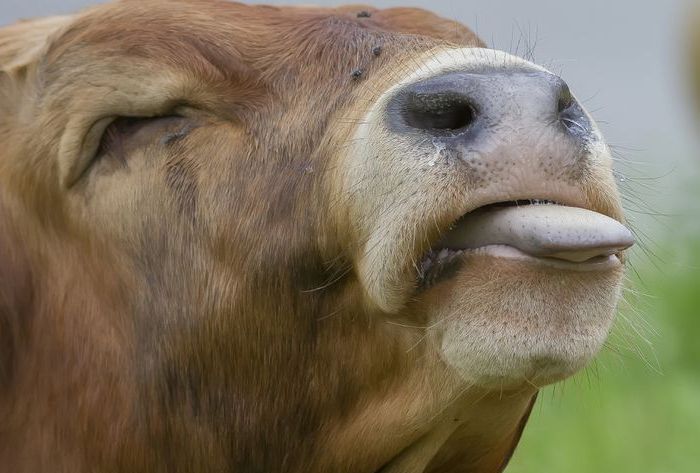
cow tongue
In addition to postpartum paralysis, in some cases, this phenomenon is also provoked by other diseases, including:
- Inflammation of the breast (mastitis) due to ingestion and development of streptococcus or staphylococcus bacteria. The reason for the appearance may be non-compliance with the rules for caring for a cow during pregnancy.
- Various forms of metritis. With such a disease, the uterus of the animal becomes very inflamed. And in the process of childbirth, its serious damage can be traced. In this case, any movement of the back of the body is accompanied by severe pain.
- Hypophosphatemia. The lack of phosphorus in the body of a cow leads to its rapid weakening. Excessive load during childbirth aggravates the situation and the animal does not have enough strength to rise.
In some cases, the cow may not rise due to a dislocation of the hip joint or a fracture in the femur. In this case, any independent measures can lead to irreversible damage, including the final fracture of the femur and rupture of the femoral joint capsule, while the animal will have to be determined for slaughter.
Evidence
The symptoms of a cow refusing to get up after calving vary depending on the specific cause. So, with postpartum paresis in an animal, the following can be traced:
- severe clouding of the cornea of the eye;
- tremor and cramps of the limbs;
- strong salivation (in some forms of the disease);
- the neck constantly turns to one side;
- general oppression.

The cow’s neck is turned
The most striking signs of mastitis are:
- a sharp increase in temperature;
- loss of appetite, which can turn into a complete rejection of food;
- lethargy and depression prevail in behavior.
It is extremely important to identify metritis at the beginning of its development. Otherwise, the disease can be fatal. Its main symptoms, in addition to the fact that the cow does not get up, include the following points:
- temperature increase;
- rapid breathing and heartbeat;
- refusal of food and water;
- bowel disorders, manifested by severe diarrhea or constipation;
- afterbirth delay.
The lack of phosphorus in the body of a cow manifests itself in almost the same way as postpartum paresis. But still, there are some differences. First of all, the animal makes an attempt to get up, but due to weakness falls back to the ground. Appetite is not reduced. The forelimbs are as weak as the hind limbs.
Help with lifting
The first thing to do in this situation is to contact a veterinarian. But, if the veterinarian cannot get to the farm in the near future, the cow should be tried to be raised with available forces. Long lying down after calving can lead to the progression of paralysis or the appearance of bedsores.
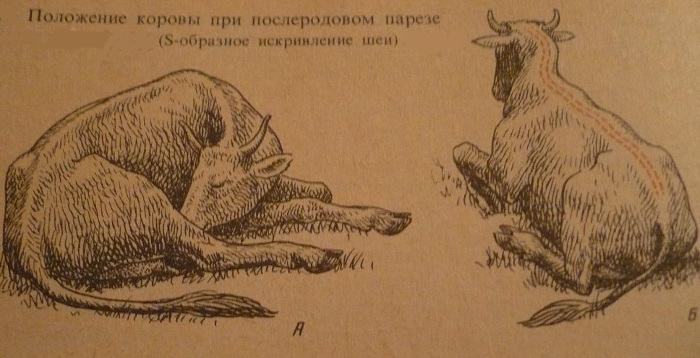
Postpartum paresis
First of all, the newborn calf should be put away so that the mother will not harm him if she falls again. After that, the following steps may help:
- Harsh loud sounds within earshot of the animal. Sometimes the reason for the refusal to rise can be postpartum shock and it can be removed by a simple scream or clap.
- 10-20 seconds of suffocation. Although this method seems cruel, in most cases the animal will attempt to stand up.
If the cow begins to rise, it must be supported from the side of the head and tail. This is necessary so that the animal does not fall again and break its legs or ribs. If it still stands up, you need to support it by the tail for some more time. The longer the cow stands, the better. If the animal fell again, then he needs to be allowed to rest, and then try again.
In the case when it was still possible to put the mother on her feet, it is necessary to make sure that she stands firmly enough to leave the baby with her. If the legs are still shaking or the cow has fallen to the ground again, the calf will have to be bottle fed milk for a while.
Treatment
Measures to eliminate the cause of the cow not standing up should be taken as soon as possible. If you cannot cope on your own, you should immediately call a veterinarian. Until he arrives, the croup, belly and legs of the animal are rubbed with dry hay and covered with a warm blanket. If the cow lies on its side, it must be periodically turned over so that bedsores do not form.
Medicated
Treatment with drugs is prescribed only after an accurate diagnosis of the disease by a veterinarian. If postpartum paresis is diagnosed, subcutaneous injections of caffeine and magnesium sulfate solution are immediately prescribed. Intravenous injections of glucose and calcium chloride (10% solution) also help.
Often, in addition to this, inflation of the udder teats with air is prescribed using the Evers apparatus. In this case, the cow is laid on its side, and after the end of the procedure, the nipples are wrapped with a bandage.
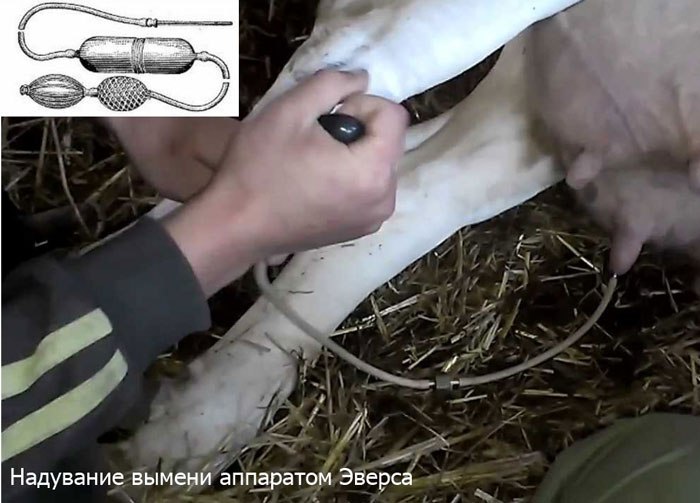
Inflation of udder teats with air
With mastitis, treatment is carried out with a solution of sodium chloride, in which a certain amount of novocaine is dissolved. Ichthyol ointment helps relieve inflammation.
If hypophosphatemia is detected, injections of the drug urzolit are prescribed. The dosage in this case is 100 ml for every 100 kg of cow weight. A good effect is given by a solution of calcium hypophosphite.
Often, medicines with a high content of vitamin E are also added to the general course of treatment. They provide faster healing of damaged tissues and help stop the inflammatory process. In some cases, steroids may be prescribed.
Attention! For the entire time of treatment of a sick animal, he is provided with a special diet – calcium and phosphorus salts are added to the feed without fail. Vitamin supplements, glucose and fish oil are also used. All feed is finely ground before being fed to livestock. In the resulting composition, you can add warm water with sugar diluted in it.
Conclusion
Failure to stand up after calving is in any case an indication of serious health problems in the cow. Therefore, independent attempts to raise her to her feet are only an extreme measure when there is nowhere to wait for help. In all other situations, you must immediately call a veterinarian. Treatment without his knowledge cannot begin. Only under such conditions will it be possible to save both the cow and the calf.
